Animal and Dairy Sciences
The Department of Animal and Dairy Sciences provides research and assistance in livestock agriculture and companion animals. This constantly evolving field provides the world with food and fiber and has done so since domestication. Scientists in the department are nationally known for advances in animal production technology.
To learn more please visit https://www.ads.msstate.edu/
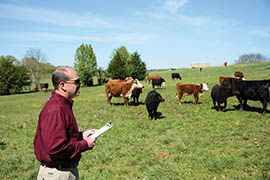
A high priority among cattle producers is to ensure that livestock are comfortable; however, a cow's inability to shed at the proper time may impact production performance....
Read More
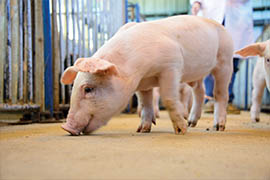
Pork, the most consumed meat in the world, is one of the most economical sources of animal protein for human consumption. Dr. Shengfa Liao, assistant professor in the Depar...
Read More
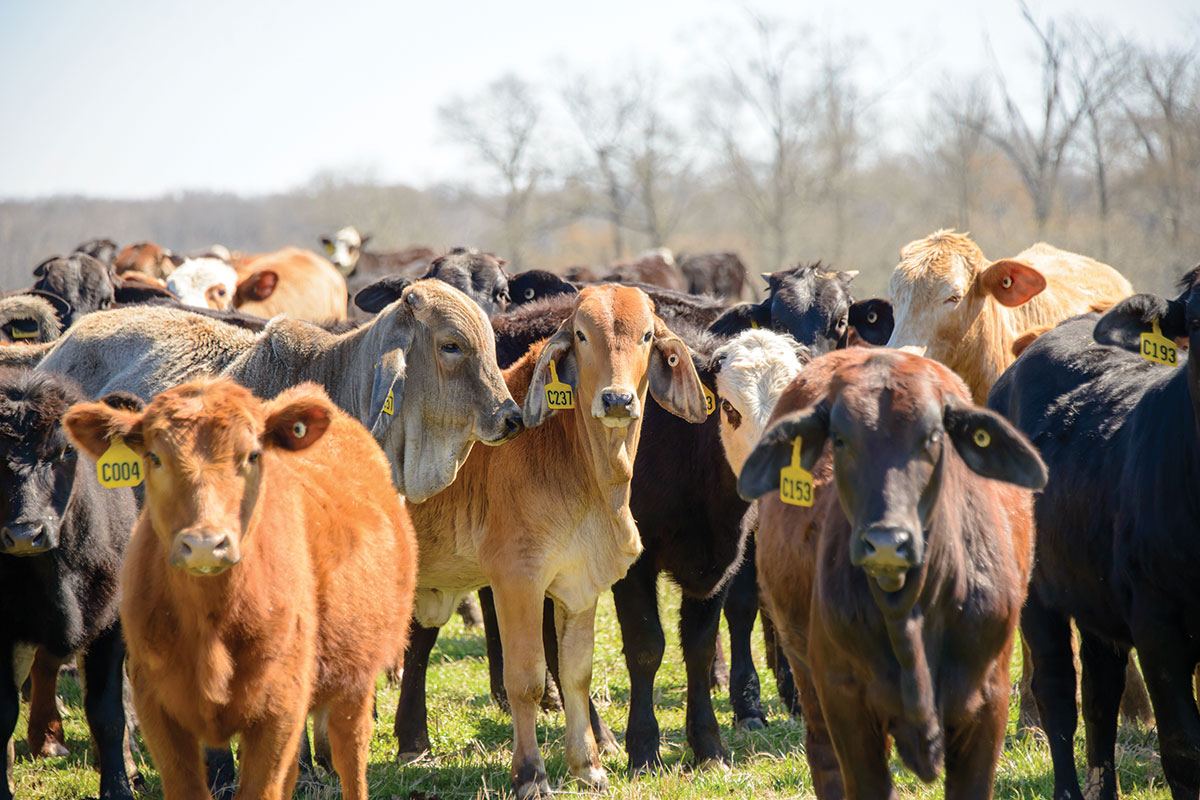
The personality of livestock may seem secondary to productiveness, but research shows that the two may be connected. Cow temperament is correlated with how much money the c...
Read More
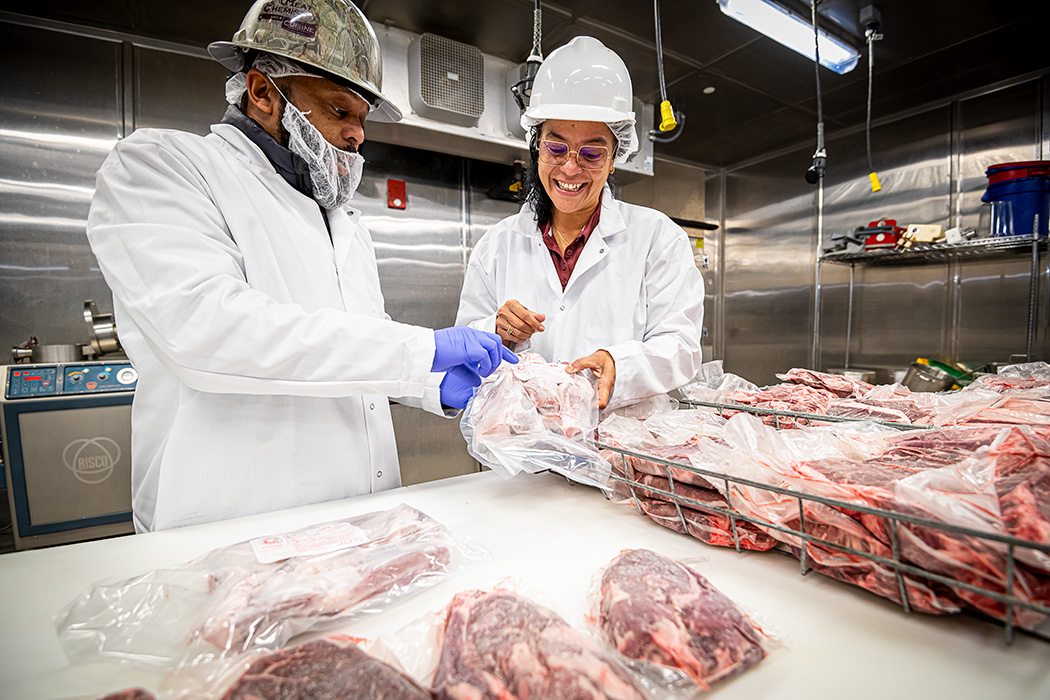
Supply chain disruptions during the Covid-19 pandemic brought to light the vulnerability of the country’s meat supply and the need for smaller-scale producers to contribut...
Read More
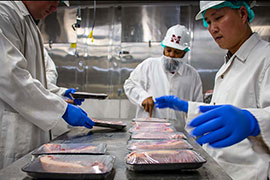
Kentucky 31, a popular forage, is chosen for its drought tolerance and adaptability across climates; however, it has an unwanted host, an endophyte or fungus that lives ins...
Read more
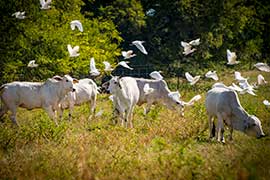
Two MAFES scientists, Dr. Caleb Lemley and Dr. Derris Devost-Burnett, are leading a team of researchers who are using biophotonics to study how maternal nutrient restrictio...
Read more
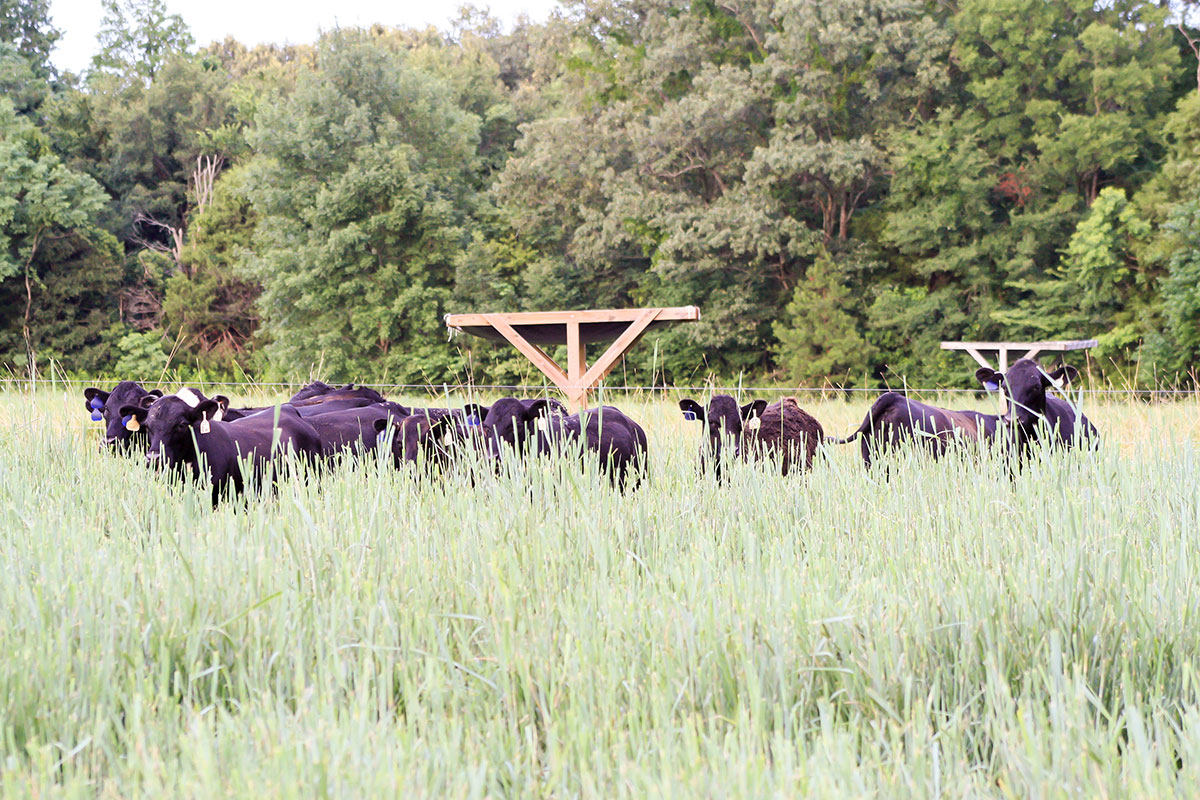
As consumer interests for forage-finished beef increases in the U.S., Mississippi Agricultural and Forestry Experiment Station scientists, Wes Schilling and Byron Williams,...
Read More
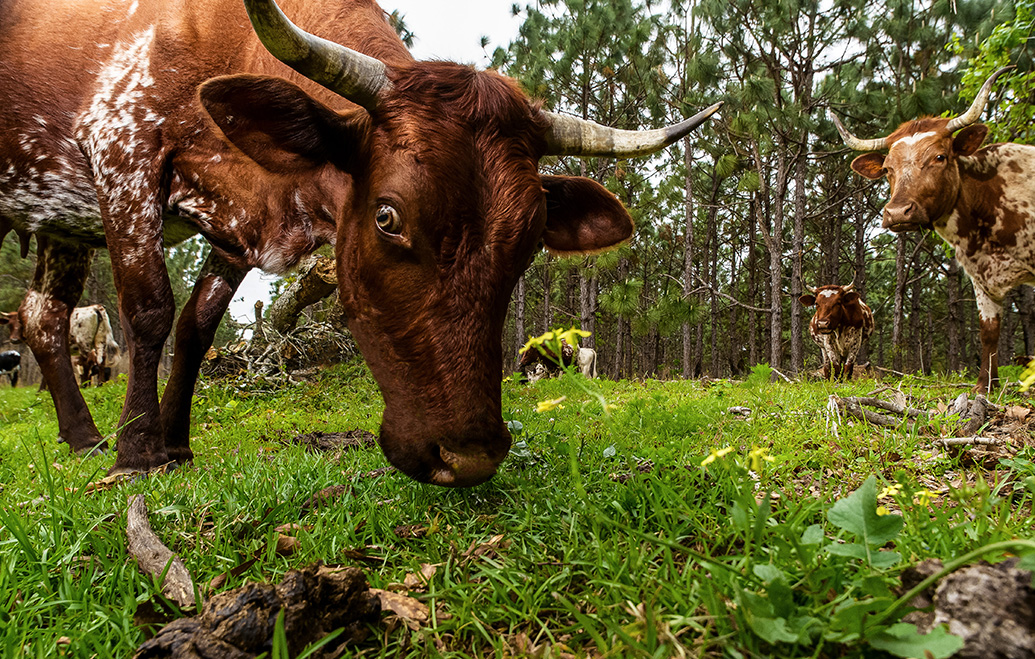
MSU scientists are turning to traditional practices to solve modern land management problems in pine savannah habitats along the Gulf Coast. Dr. Eric Sparks, associate ext...
Read More
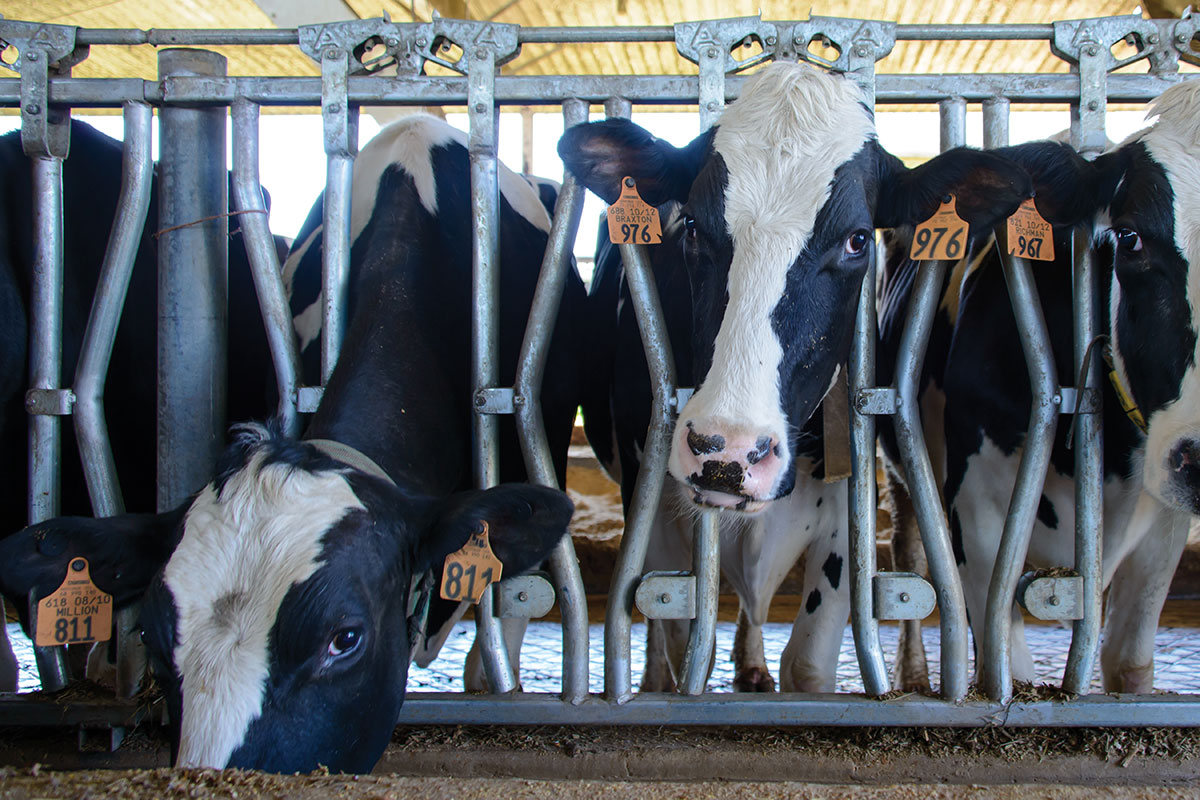
Melatonin is a hormone our body naturally produces. Melatonin as a supplement is considered an antioxidant. While many people may take melatonin for a good night's rest, re...
Read More
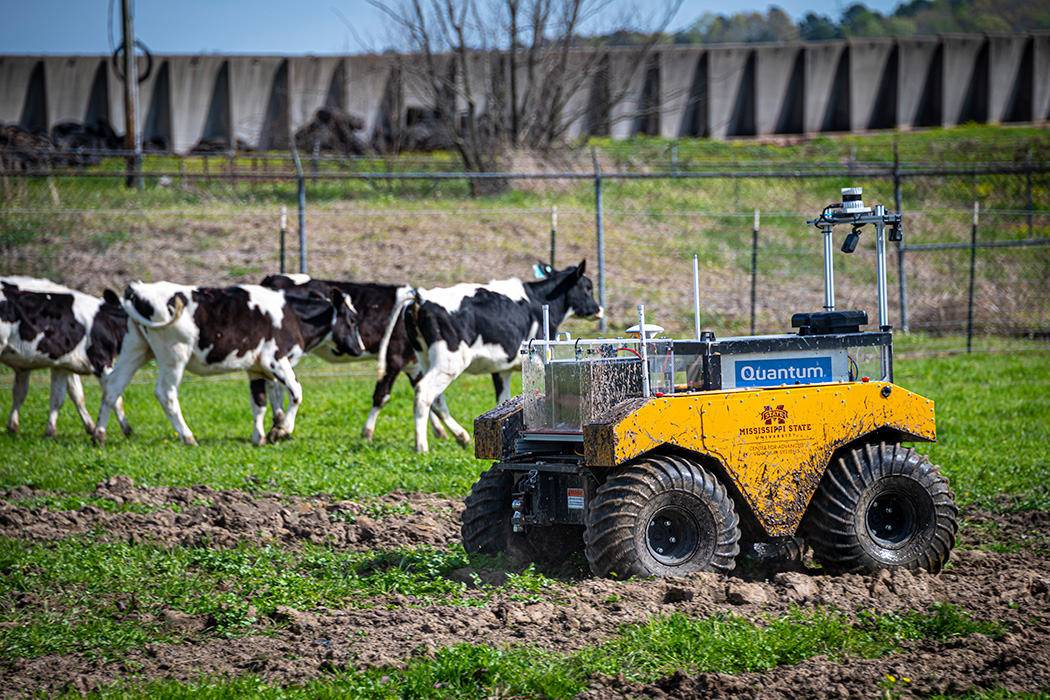
Dr. Marcus McGee, MAFES scientist and assistant clinical professor in the animal and dairy sciences department, envisions a day where autonomous robots roam the range, doi...
Read More
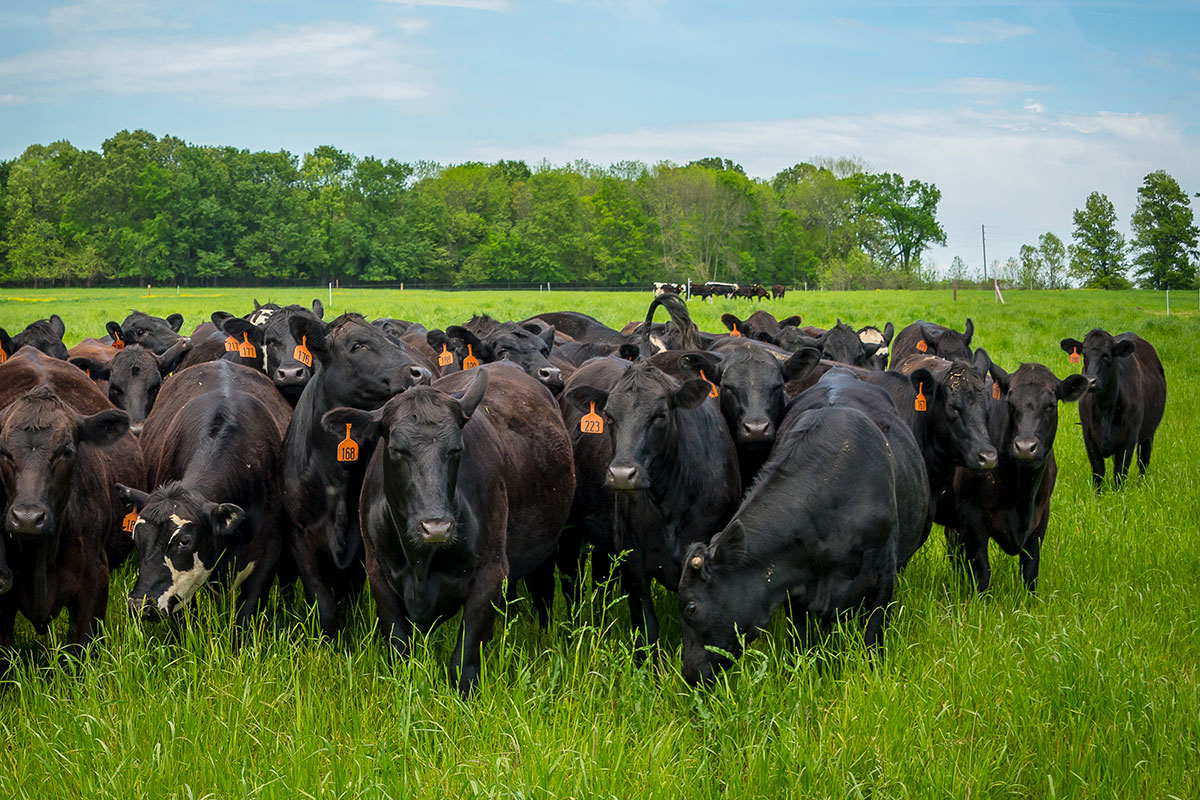
As a molecular biologist, Dr. Florencia Meyer, a scientist in the Mississippi Agricultural and Forestry Experiment Station, hopes to unlock molecular secrets about the micr...
Read more
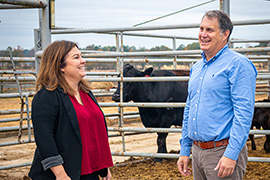
Last year, MAFES welcomed two new department heads: Dr. Christy Bratcher, Animal and Dairy Sciences, and Dr. Ken Macklin, Poultry Science. They share with MAFES readers th...
Read More
